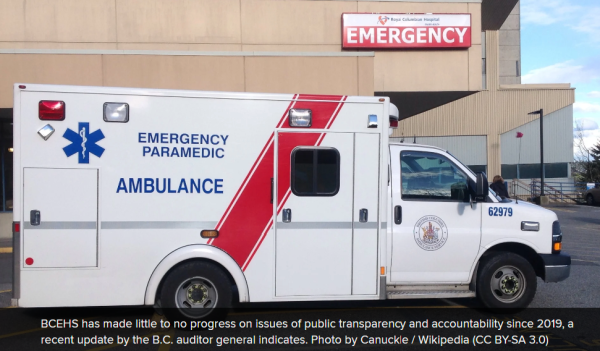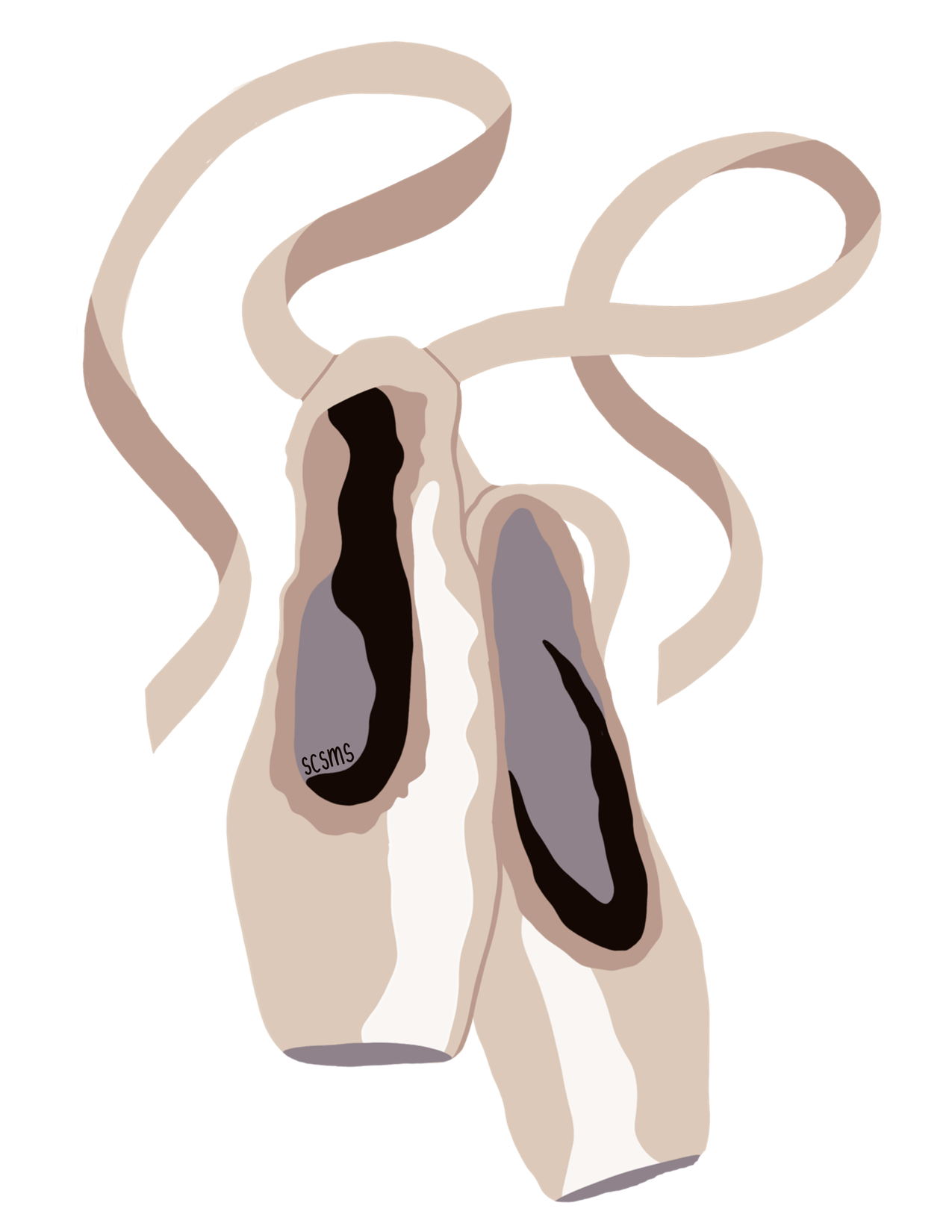
Sidney’s collapse was witnessed by several students. 911 was called immediately.
This is the audio recording of the 911 call.
Press the play ► button:
Just below is a transcript of the 911 audio recording merged with the “Sequencing Report” that was generated by ProQA®. The Sequencing Report is a computer record of all inputs made by the call-taker into the ProQA® triage software. These 2 documents merged together show how the call-taker made inputs to the computer as compared to what was being said during the 911 call:
Click left for: Sequencing Report merged with the 911 call transcript:



- BC Ambulance had the the location of where the 911 call originated, accurate to within 14 meters, within 7 seconds of the 911 call taker receiving the call. Yet the call taker was unable to expediently use the information.
BC Ambulance had the “Common Place Name” and associated address, everything the call taker needed to for ambulance dispatch, within 46 seconds of the start of the call.
Yet it took the call taker 3 1/2 minutes to move past the location determination phase of the emergency call. - The call taker failed to execute the breathing diagnostic tool correctly. This was seen multiple times throughout the call.
- The call taker was inappropriately asking questions of the caller like “what did security say about a muster point”. The BC Ambulance dispatcher was required to call UVic campus security to determine the muster point. A student would not be aware of this information. The dispatcher did not call UVic campus security to determine the muster point.
- Naloxone delivery was not recommended until after the 3rd victim on scene admitted that drug use was a highly likely scenario. Narcan has no dangerous side effects. That is, if a victim has not consumed opioids, there are no negative side effects of giving Naloxone.
- Once an overdose was discovered and naloxone was administered, there were no further checks on the breathing status of either patient. Naloxone takes minutes to be effective. A victim may not be breathing while waiting for the naloxone to take effect. Breathing must be monitored and, if necessary, supported with rescue breathing and/or chest compressions.
- The protocol interface software for the 911 system, called ProQA®, is provided by the US company “Priority Dispatch”. The actual triage and treatment protocols are designed by their partner company IAED.
The US company, the International Academies of Emergency Dispatch (IAED), a partner company of Priority Dispatch, reviewed the call and came to the conclusion that the call taker “performed very well”.
The response from BCEHS made few insightful comments and supported findings of the IAED call review. The BC Ambulance response is posted here.

BCEHS:
BC Emergency Health Services
PHSA :
Provincial Health Services Authority
BCAS :
BC Ambulance Service
PCQO:
Patient Care Quality Office of the PHSA
So far our experience with BC Ambulance and the PCQO is consistent with articles published on this service:
Transparency, accountability at B.C.’s ambulance service has flatlined, audit review shows

This page is under construction and further information about BCEHS, PHSA, and the PCQO will be coming soon…

